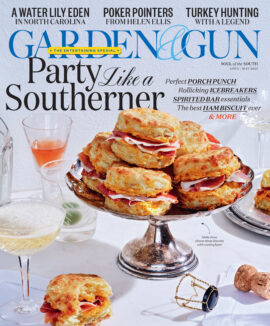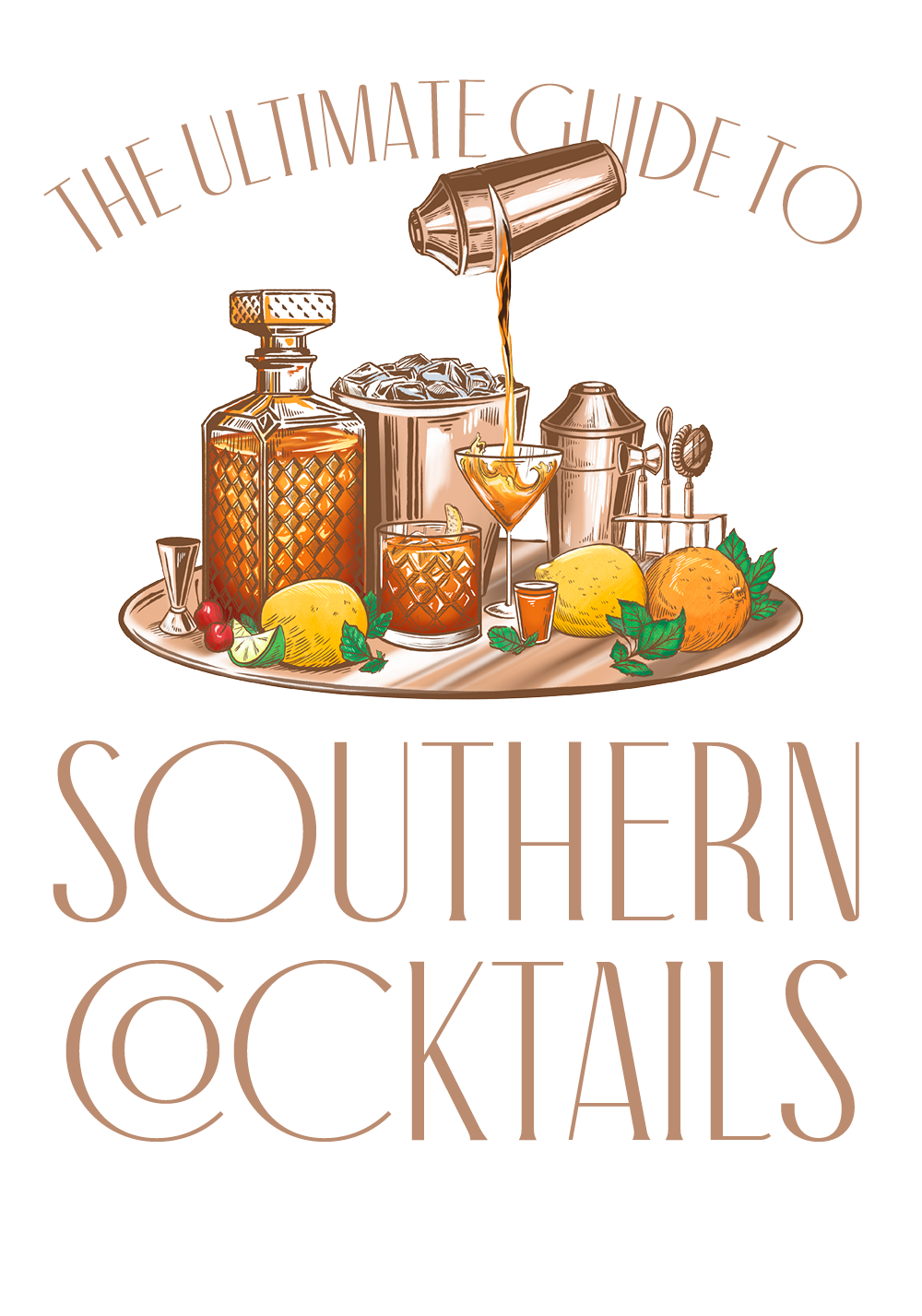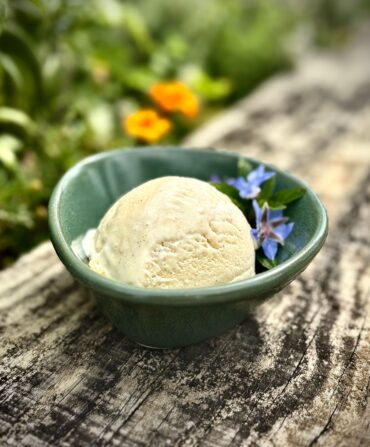An early remedy for malaria called for tossing the sufferer, Br’er Rabbit–style, into a prickly bush; in his hasty retreat, went the thinking, he might leave the fever behind. Orally administered cobwebs were also deemed effective. Likewise the application of pickled herring to the patient’s feet. After the discovery of quinine in the sixteenth century—its source is the bark of the South American cinchona tree, or “fever tree”—malaria treatment got a little more pleasant. But not by much. Quinine powder is stridently bitter, which was one reason the Confederate Medical Department operated distilleries during the Civil War: A snootful of whiskey, to bend a line from Mary Poppins, helped the medicine go down.
Leave it to hedonistic, malaria-ridden New Orleanians to transform displeasure into pleasure by integrating quinine into a refreshing highball. Except that’s not what happened. The British did it instead, during their control of India in the nineteenth century, first by mixing quinine powder with sugar and soda to create tonic water, and then by discovering that the addition of gin turned antimalarial therapy into…happy hour. Winston Churchill credited the gin and tonic with saving more Englishmen’s lives, not to mention minds, than all the doctors in the empire.
But though the South played no role in tonic water’s creation, it is playing one in its revival. The twentieth century, you see, wasn’t good for tonic water; synthetic quinine creeped into the mix, followed by high-fructose corn syrup. Gin and tonics remained delicious, but mostly because gin is delicious. In the last few years, however, the rising tide of the cocktail renaissance has found its way to tonic water, with bartenders and cocktail mavens resuscitating old formulations and recasting the once-meh mixer as a rich and potently flavored star ingredient. Charleston, South Carolina, is the home of one of the best neo-tonic-water products: Small Batch Tonic syrup from the Jack Rudy Cocktail Co. It’s tonic minus the water, which you add yourself in order to unlock the syrup’s deep quinine zing and botanical aromatics. For a gin and tonic, it’s like going from mono to Dolby surround sound. I’m similarly fond of the house-made “tonique au quinquina” at Bar Tonique, one of New Orleans’ flagship cocktaileries.
Gin is tonic water’s soul mate, for sure, but the relationship isn’t exclusive. Rum plays well with tonic, particularly spiced rum, and blanco tequila even better. Amaros and bitter aperitifs such as Campari are enlivened when extended by a splash of tonic; ditto for white port, which seems to gain about fifty IQ points with the addition of quinine. The Chicago bartender John Kinder devised a head turner he calls a Summer Dress, mixing Q Tonic (one of the better genuine-quinine brands) with orange juice, lime juice, simple syrup, and unaged whiskey. It’s a recipe the Confederate Medical Department could’ve put to use.
My favorite tonic head turner, however, is almost a head-scratcher, and comes from Robert Arender, head bartender at the Apothecary, located in the back room of Brent’s Drugs in Jackson, Mississippi. The Apothecary, which opened last year, is a speakeasy devoid of most of what have become speakeasy clichés, a compliment that also applies to Arender’s sharp cocktail program. On a recent visit, Arender devised a drink for me that seemed, from the ingredients I watched him mix, mildly insane: pecan-infused vodka from the local Cathead distillery, cacao-and-cinnamon-flavored mole bitters, cold coffee, and tonic water. It tasted mildly insane, too, but in a wildly relishable sense, the way Howard Finster’s paintings or Sonny Landreth’s slide-guitar solos are enjoyably insane. When I pressed Arender for the inspiration, he told me that coffee and tonic was his standard morning drink. I tried that, too. It’s good, but, as with life, booze makes it better.
What’s most bewitching about the drink is the astringent effervescence of the tonic—the slightly medicinal counterpoint to the roasty comforts of the pecan, coffee, and cacao flavors. It refreshes and confounds, which, when you think about it, is about as much as you can ask a drink to do. Besides curing malaria, that is.













